The concept of covering structures with lunar dust as a protective coating has gained traction in recent years as space agencies and private companies look toward establishing a sustained human presence on the Moon. Unlike Earth, the Moon lacks an atmosphere to shield it from harmful solar radiation and micrometeorite impacts. Researchers have proposed using the fine, abrasive regolith that blankets the lunar surface as a natural resource for construction and insulation. This approach could revolutionize how future lunar habitats are built, reducing the need to transport heavy shielding materials from Earth.
Lunar dust, or regolith, is a unique material formed over billions of years by the constant bombardment of meteorites and solar wind. Its jagged, glass-like particles cling stubbornly to surfaces, a property that has frustrated astronauts since the Apollo missions. However, scientists now see potential in this very characteristic. By processing and compacting lunar dust, it could be transformed into a durable coating capable of deflecting radiation and insulating habitats from extreme temperature fluctuations. Experiments on Earth using simulated lunar regolith have shown promising results, suggesting that such coatings could be manufactured directly on the Moon.
The idea of using lunar dust as a construction material isn’t entirely new. Early studies in the 1960s and 70s explored sintering—using heat to fuse regolith into solid blocks. More recent advancements have expanded on this concept, investigating how dust could be mixed with binding agents or even 3D-printed into structural components. What makes the dust-coating approach particularly appealing is its simplicity. Instead of complex fabrication processes, loose regolith could be applied in layers over inflatable habitats or rigid modules, creating a protective shell with minimal machinery.
One of the biggest challenges in developing lunar dust coatings is overcoming the material’s abrasive nature. Unprocessed regolith can damage equipment and pose health risks if inhaled. Researchers are exploring methods to mitigate these issues, such as electrostatic sorting to remove the sharpest particles or mixing the dust with polymers to create a smoother, more manageable composite. Another hurdle is adhesion—ensuring the dust stays in place despite the Moon’s low gravity and lack of weathering processes. Solutions being tested include using microwaves to sinter the dust in situ or incorporating geopolymer binders that harden without the need for excessive heat.
The potential applications of lunar dust coatings extend beyond radiation shielding. A well-designed layer could also help regulate temperature. The Moon’s surface experiences drastic swings, from scorching 127°C (260°F) during the day to frigid -173°C (-280°F) at night. A carefully applied dust coating could act as a thermal buffer, reducing the energy needed to maintain comfortable living conditions inside habitats. Additionally, dust layers might provide some protection against micrometeorites, which, though small, travel at high velocities and can puncture thin-walled structures.
As plans for lunar bases progress, the practicality of using local materials becomes increasingly important. Transporting construction materials from Earth is prohibitively expensive, with costs estimated at over $1 million per kilogram. Relying on lunar dust could drastically reduce mission payloads, making sustained colonization more feasible. NASA’s Artemis program and other international efforts are already funding research into in-situ resource utilization (ISRU), with dust-based construction playing a central role. Private companies are also entering the field, experimenting with novel techniques to turn regolith into functional building materials.
Despite the enthusiasm, significant testing remains before lunar dust coatings become a reality. Long-term exposure to the Moon’s harsh environment could degrade the material in unexpected ways. Engineers must also consider how to apply the coatings efficiently, whether through robotic rovers, automated spray systems, or manual application by astronauts. Furthermore, the psychological impact of living under layers of abrasive dust—no matter how well-contained—has yet to be studied. Future missions will need to validate the technology in actual lunar conditions before it can be trusted for human habitation.
The implications of successful lunar dust coatings go beyond the Moon. If proven effective, similar techniques could be adapted for Mars, where dust is also abundant. The principles developed could even influence construction methods in extreme environments on Earth, such as deserts or polar regions. What began as a nuisance for early lunar explorers may ultimately become one of the most valuable resources for off-world colonization. The shift from seeing lunar dust as a problem to a solution marks an important evolution in how humanity approaches space exploration—one that prioritizes adaptability and resourcefulness.
In the coming decade, as astronauts return to the Moon, the vision of dust-covered habitats may transition from science fiction to reality. The success of this endeavor will depend on continued innovation, collaboration between space agencies and private entities, and a willingness to rethink traditional construction methods. Lunar dust coatings represent more than just a technical solution; they embody a philosophy of living off the land in space, using what’s available to create sustainable environments far from Earth. As research advances, the humble particles that once clung stubbornly to spacesuits may soon become the foundation of humanity’s extraterrestrial future.

By Grace Cox/Apr 27, 2025

By Noah Bell/Apr 27, 2025

By James Moore/Apr 27, 2025
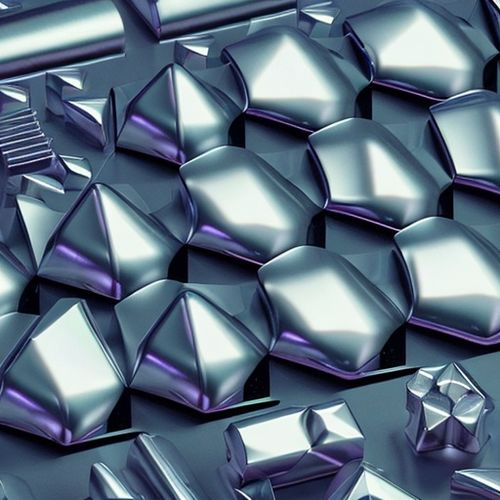
By James Moore/Apr 27, 2025

By Thomas Roberts/Apr 27, 2025
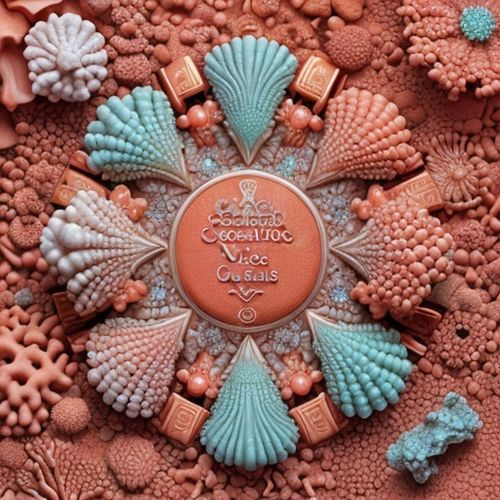
By Grace Cox/Apr 27, 2025
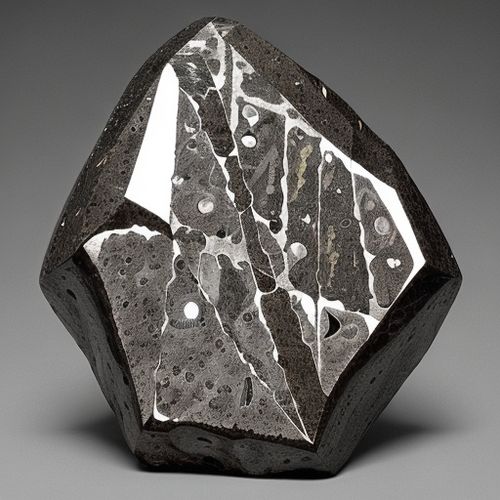
By Joshua Howard/Apr 27, 2025
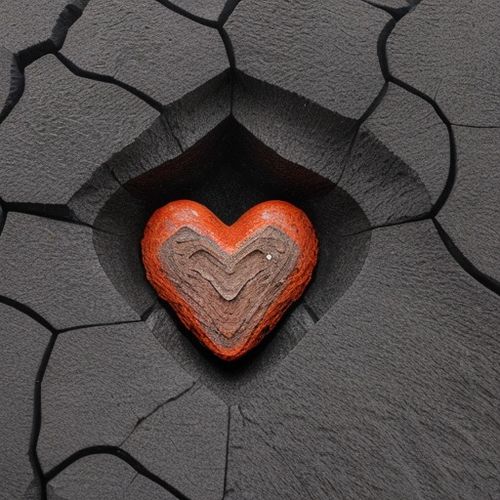
By George Bailey/Apr 27, 2025
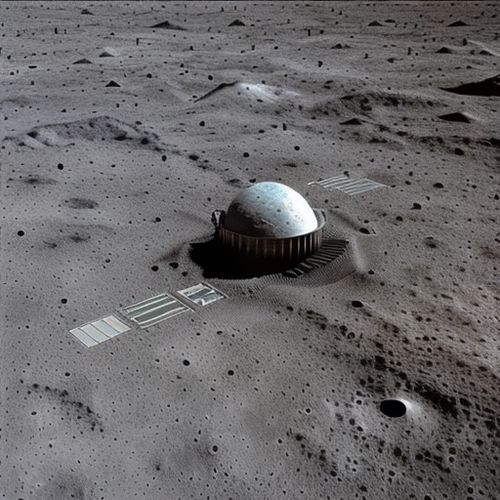
By Olivia Reed/Apr 27, 2025

By Sarah Davis/Apr 27, 2025
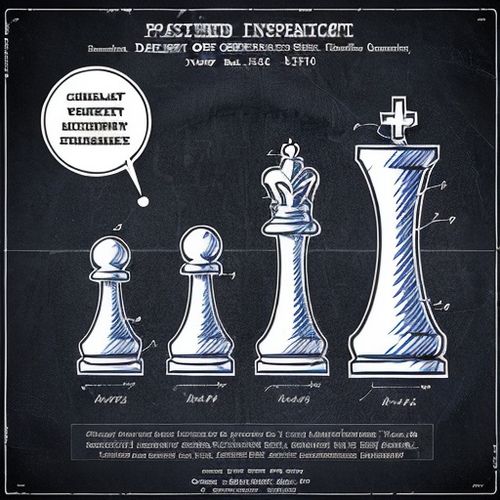
By Olivia Reed/Apr 27, 2025

By Elizabeth Taylor/Apr 27, 2025
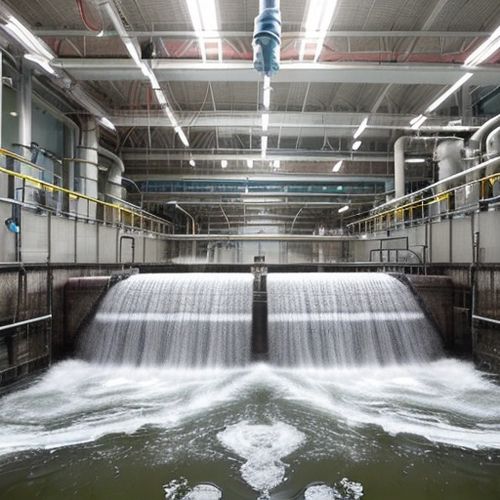
By Joshua Howard/Apr 27, 2025

By Victoria Gonzalez/Apr 27, 2025

By Michael Brown/Apr 27, 2025

By Olivia Reed/Apr 27, 2025

By Grace Cox/Apr 27, 2025

By Amanda Phillips/Apr 27, 2025

By Lily Simpson/Apr 27, 2025

By Elizabeth Taylor/Apr 27, 2025